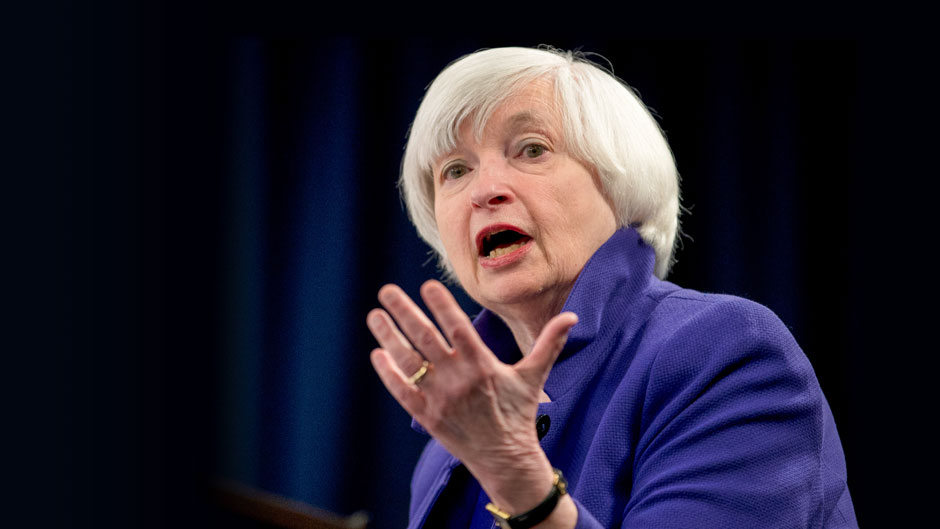The global minimum tax, which Janet Yellen, secretary of the Treasury, endorsed a couple of weeks ago, would be patterned after a minimum tax imposed by the United States on foreign corporations by former president Donald Trump’s 2017 tax cut legislation (the base erosion and anti-abuse tax, BEAT). A minimum tax works as follows. One first computes a regular tax on taxable income (the tax base), which is determined under ordinarily applicable rules and at the ordinarily applicable rate. Then one recomputes the tax base, but without allowing a range of deductions or exclusions from income allowed under the regular tax. The recomputed, larger base is then subjected to tax at a rate lower than the ordinarily applicable rate. If the amount determined exceeds the amount of the regular tax, the excess is the amount imposed as the “minimum tax.”

The design of the minimum tax involves specifying the lower “minimum tax rate” and the range of deductions/exclusions disallowed in computing the minimum tax base. Under the 2017 enactment in the United States, the rate is low (10 percent) and what is disallowed are payments by the foreign corporation operating in the United States to “related parties,” most importantly the foreign corporation’s parent corporation. The tax also applies only to a narrow class of large taxpayers (those with gross receipts of $500 million or more). The global minimum tax would operate the same way, with the same modification disallowing deductions or exclusions with respect to intercompany, cross-border payments. But the specified rate would in all likelihood be higher.
The global minimum tax is now being considered by the Organisation for Economic Co-operation and Development (OECD). Although the OECD constitutes a group of mostly Western developed countries, it acts very much under the auspices of, and are subject to, the influence of the Group of 20. This includes emerging nations that are not OECD members, including the BRIC countries (Brazil, Russia, India, China), as well as certain others, like Indonesia and South Africa. Input to the proposals also comes from an “Inclusive Framework,” which includes 134 countries with concerns about the project.
But the minimum tax is only half of the project and probably the less important half. The project—called BEPS 2.0, sometimes because the Group of 20 and OECD adopted an earlier set of rules in 2015-16 as the Base Erosion and Profit Shifting (BEPS 0.1) actions—involves two pillars. The minimum tax project is Pillar Two. Pillar One involves a set of rules designed to strengthen the authority of market jurisdictions to impose tax on companies that do business within their territory, sometimes without any substantial presence in the country. Pillar One is developing an international consensus (among the entire Inclusive Framework) on principles for dividing this profit. But this pillar is the one that has both greater promise, from the standpoint of the revenue authorities of the many nations and private sector tax reform advocates, and which poses the greater threat to the multinational enterprises that would be subject to the new international tax system.
It is not altogether clear what the stance of the United States Treasury is with respect to Pillar One. The secretary’s statement about global minimum taxes attracted great attention in both the general and financial press because she was explicit about it, and because the idea of a global minimum tax is more familiar to the public and the financial community than the more complex conceptions of Pillar One. The secretary’s statement was significant because it removed what had been United States opposition to both pillars—and that opposition, until the secretary’s change of position, had clearly been the most significant obstacle to the achievement in the near term of international consensus.
Still, the real import of the shift in the Treasury’s stance remains to be seen. All the Treasury indicated was that it would remove its opposition to the international initiatives, thus allowing those initiatives to move forward. The Treasury never indicted that the administration would support domestic legislation to implement whatever consensus was achieved. Implementation, moreover, would almost surely require significant legislation to be enacted by Congress. Historically—for the past 25 years at least—it has been the United States that has exhibited the greatest hostility, among major nations, to efforts to tighten internationally agreed rules concerning the taxation of multinational enterprises. Moreover, contrary to what may be general public understanding, Democratic administrations have been both more resistant to and more effective in blocking such initiatives than have Republican administrations. At this point, then, though the movement in the international arena should not be discounted, the realization of anything like a global minimum tax likely belongs to a distant future.
Stanley I. Langbein, professor of law at the University of Miami School of Law, received an A.B. in 1970 from Yale College and a J.D. in 1973 from Harvard Law School. Following graduation, he served as law clerk to Judge John Minor Wisdom of the U.S. Court of Appeals for the Fifth Circuit; as an associate attorney with law firms in Washington, D.C.; and as attorney/adviser in the Office of International Tax Counsel of the United States Department of the Treasury. Langbein also served as a senior tax partner of a large law firm in Buffalo, N.Y. from 1985 to 1987. He teaches administrative law, federal income taxation, international tax, banking law, and commercial law.

